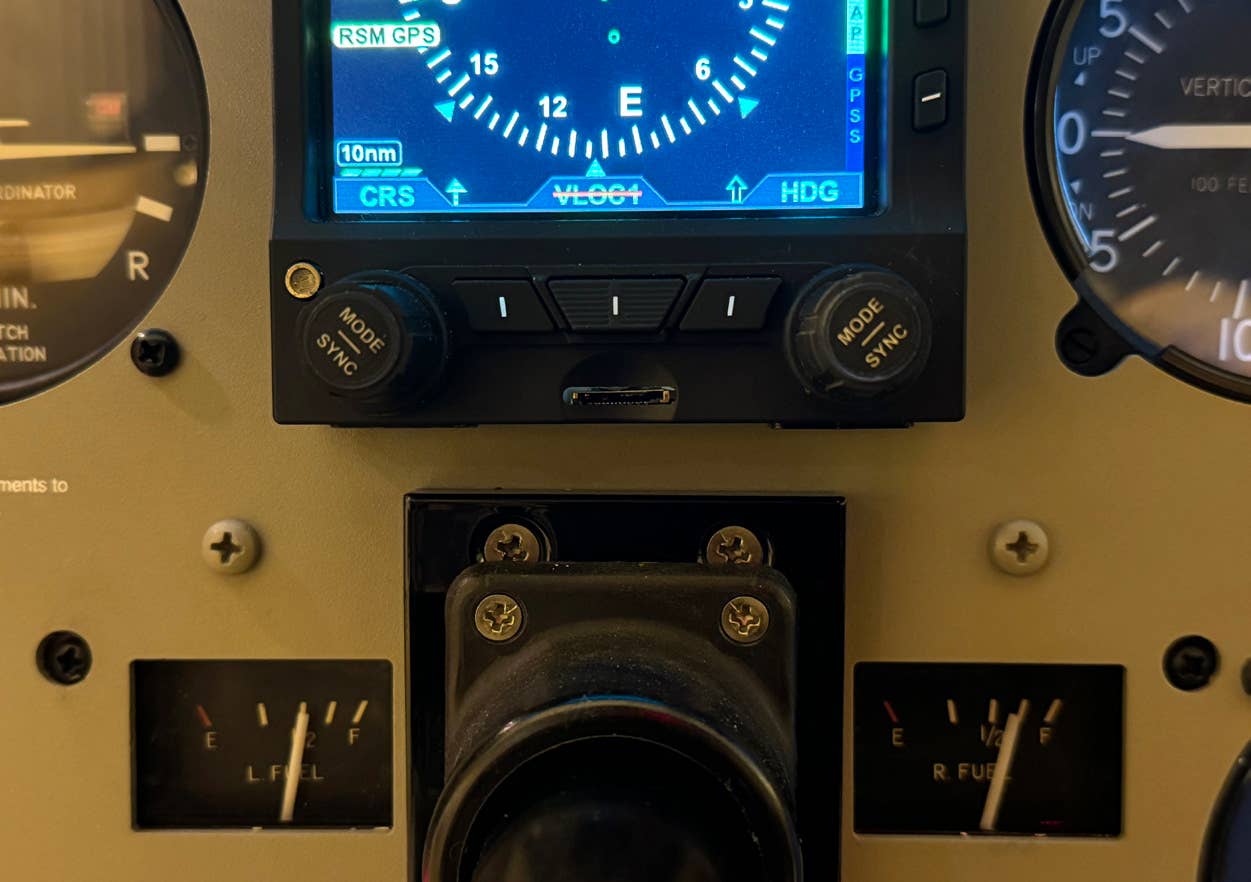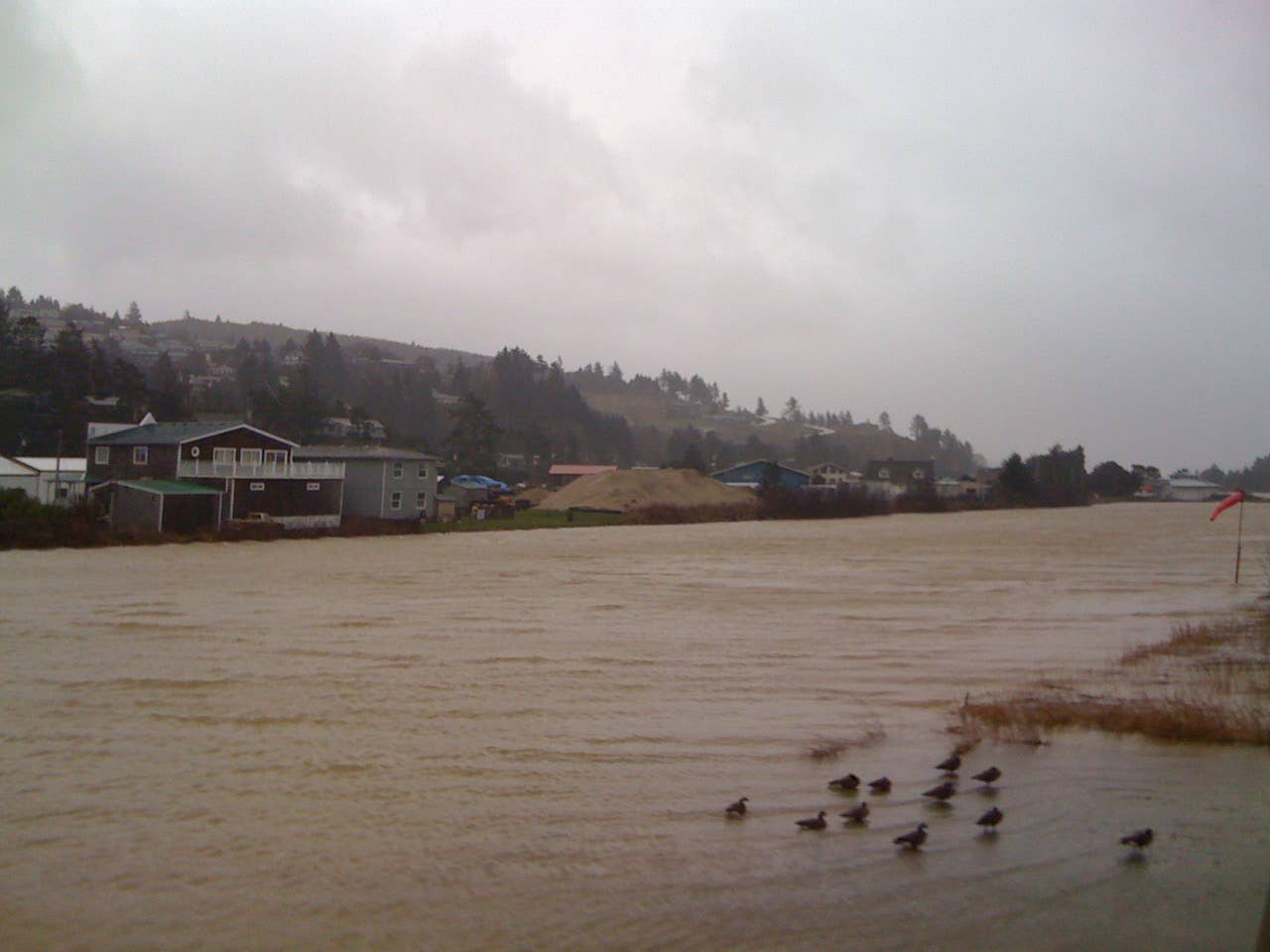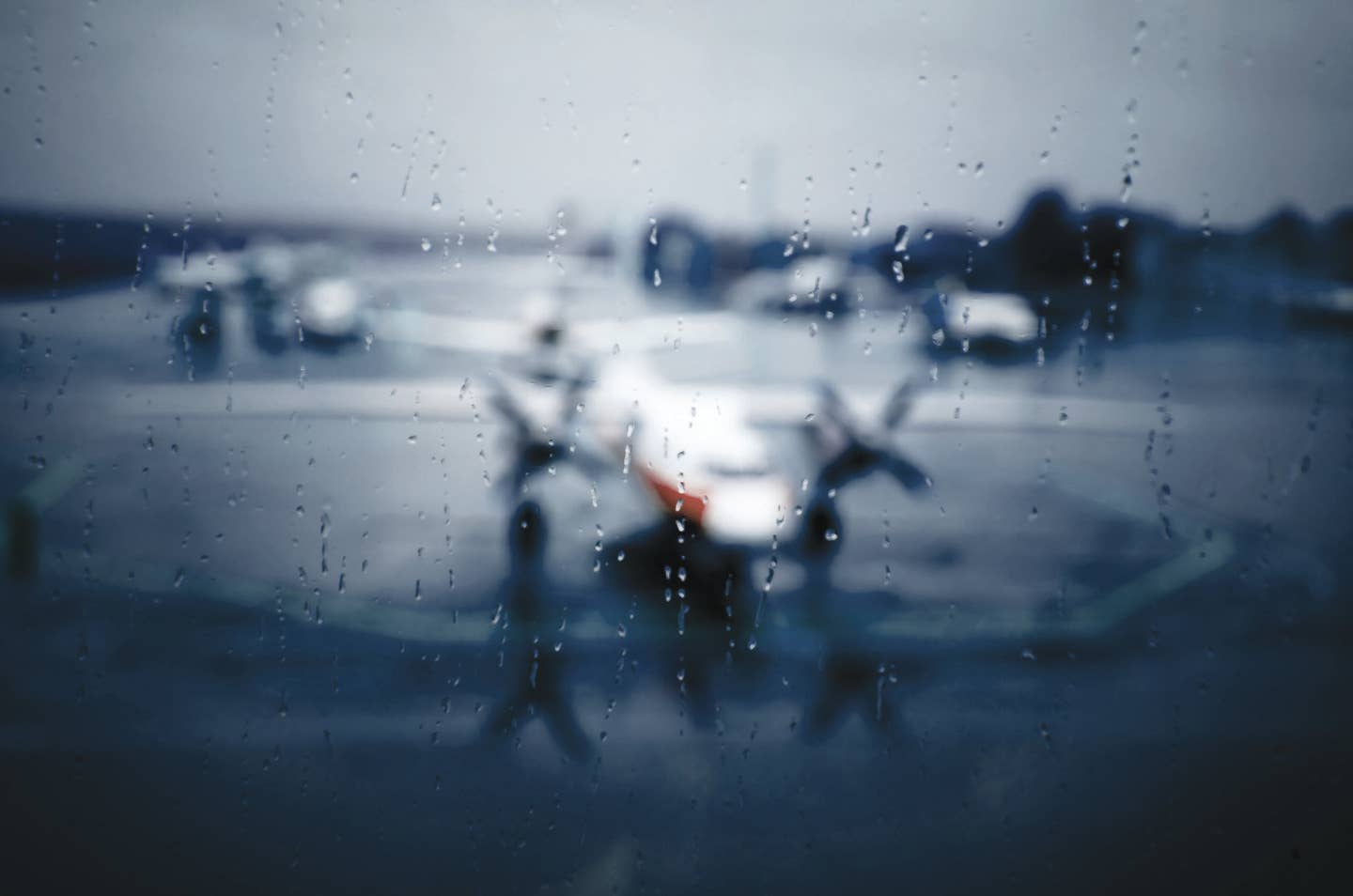
iStock Photo
I like to record the History Channel on my DVR and then play back the shows while I am working out, something I call "learn while you burn." Many of the shows I record relate to my work teaching error prevention, and I am always looking for examples I can use in my training. A few days ago I was watching a show about the transportation of hazardous materials while I was working through a set of vertical chest presses. It was only moderately interesting until I heard a truck driver say they always follows the rule "if you don't know, don't go!"
I was struck by the application of this phrase to flying. I teach the conservative response rule -- if there is any doubt, always take the most conservative response until you can gather more information to clarify the situation. "Know before you go" is also a popular phrase. The AOPA even has an online course called Know Before You Go -- Navigating Today's Airspace. But "if you don't know, don't go" has a power and immediacy that other approaches seem to lack.
My mind then began racing through the many applications of this rule to situations that get pilots into trouble:
Weather
In a classic example, a pilot who had received his private pilot license four weeks before and had only 55 hours of total flight experience with five hours at night, took off from San Luis Obispo, California, at 10:35 p.m. He was in the air only about five minutes when he ran into a "wall of clouds." While attempting to return to the airport he impacted a plowed field in a vineyard about four miles southeast of the airport. The pilot survived and, despite serious injuries, was even able to locate a phone in a building at the vineyard and call authorities to report the accident. His passenger, who was his best friend, was killed.
The NTSB report states that while the conditions at San Luis Obispo were VFR at the time of departure with visibility more than six miles, "early responders to the accident scene reported that the weather conditions consisted of low clouds and fog with heavy drizzle." The NTSB also determined that the pilot did not receive a preflight weather briefing. This pilot learned the hard way that if you don't know the conditions en route to your destination, you shouldn't go.
Terrain
Another pilot took off on a clear, dark night from an airport at the northern edge of a metropolitan area. As the pilot turned north on his route, he flew directly into an isolated hill in a dark area north of the airport. This pilot had failed to make sure he was familiar with the terrain in the vicinity of the airport and especially along his initial route of flight.
Aircraft Condition and Configuration
There have been many accidents because the pilot did not carefully check how much gas was on board or whether the oil cap was on securely. I have previously written about my own experience when the airplane I had planned to fly was not available and I was switched to a different airplane at the last minute ("Running Out Is Easy to Do," March 1994). I had already been delayed by the airplane swap, and in my rush to get going I failed to carefully assess the new airplane. A Cessna 172 is a Cessna 172, right? Not when the original airplane had long-range tanks and the substitute airplane didn't. Fortunately, I listened to that nagging voice from my safety angel and became aware of the issue before I ran out of gas, but I should not have departed until I had taken the time to become familiar with the configuration of the replacement airplane.
Taxi
A pilot arrived at the airport after a stressful day. A long meeting had kept him from leaving when he had planned, and he rushed to get in the air just as darkness settled in. Because he was in a hurry, he didn't take the time to carefully familiarize himself with the airport layout and also neglected to request progressive taxi instructions. His first indication of his error was when ground control frantically instructed him to do a 180 and exit the active runway. General aviation pilots are responsible for the majority of runway incursions, and many of them are caused by pilots who do not take the time to familiarize themselves with the airport diagram before starting to taxi to the runway.
Takeoff
Most takeoff accidents could have been avoided if the pilot had known the gross weight of the airplane, the density altitude, the runway required under those conditions and the runway available. I have read many accident reports in which the pilot told investigators that he had done a number of general weight and balance problems but had not done a specific analysis for that takeoff.
For example, a Bonanza A36 settled back to the ground after a takeoff with temperatures nearing 100 degrees. The NTSB determined that the airplane, which was nearly 100 pounds over its maximum allowable gross weight, had encountered a wind shift that degraded its takeoff performance. The pilot told investigators that he had done a mental weight and balance and had previously done takeoff calculations for that airport at high-temperature conditions but did not do an analysis prior to that takeoff.
There are many potential surprises and distractions in aviation -- such as mechanical failures and unforecast weather -- that can't be anticipated, so pilots can't afford to take off without full knowledge of all available information. Remember:
If you don't know your airplane's configuration, condition and performance for that takeoff or landing;
If you don't know the airport layout and all frequencies you will be using;
If you don't know the terrain in the vicinity of the departure and arrival airports;
If you don't know the weather at the departure and arrival airports and along your route;
If you don't know the location of restricted airspace along your route …
Don't go!

Sign-up for newsletters & special offers!
Get the latest FLYING stories & special offers delivered directly to your inbox






